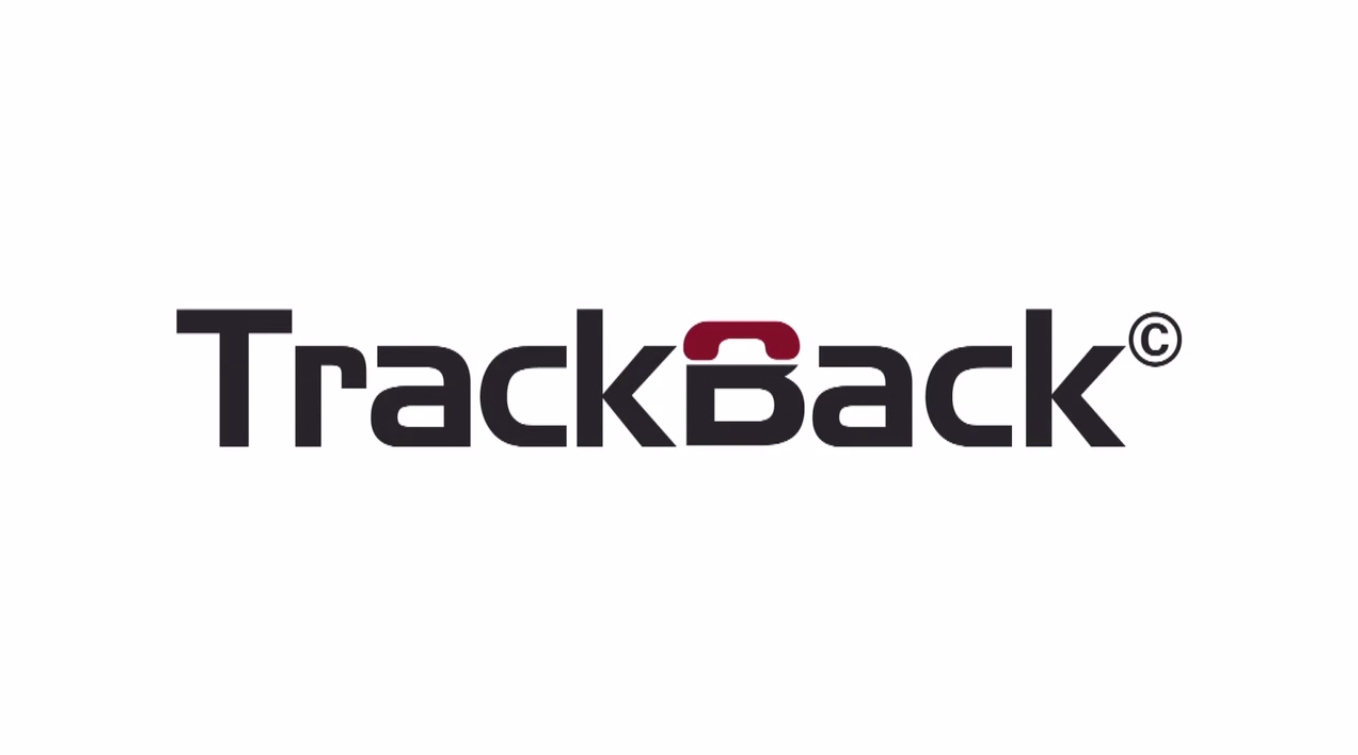 Every so often I hear a Customer Relationship Management professional declare that customers should decide how they wish to be contacted.
Every so often I hear a Customer Relationship Management professional declare that customers should decide how they wish to be contacted.
And in this day and age, that will normally mean email (or text for short timely pieces of information). To a point I agree. People like to be in control of who’s allowed to communicate with them, when, how and for what. And doing what customers want, naturally makes good business sense….
But there’s one form of communication that I don’t believe we should always allow the customer to decide who, how and when, and that’s when you want to sell them something expensive.
No-one likes ‘nuisance’ calls. Equally no-one likes pushy salesmen. But there are instances where customers find it easier and preferable to ‘kick the buying decision into the long grass’ rather than take the plunge with a purchase – especially if the decision is complicated in some way, like buying financial products, or something expensive like a car, especially if the one you’ve got doesn’t really need replacing. This means that a certain amount of coercion or persistence may be necessary. And that means not giving the customer the opportunity to prevaricate or avoid having to make a decision – all too easily done by them ignoring your emails.
Old school sales training teaches there are three phases of a sale: Qualify The Customer > Counter Objections > Close The Sale. Each of these steps requires a conversation which simply doesn’t work well by email or any other form of stop-start dialogue. If you let a customer take too long to answer a ‘closing question’, for example “if we can get you one by the end of the month, do we have a deal?” Or “If you sign today, I can offer you a 10% discount”, they will lose the moment of ‘panic’ that if they don’t buy they will somehow be at a disadvantage.
Salesmen the world over know that “I’ll think about it”, or “I’ll let you know” means “no deal”. Phone calls and face-to-face are the only ways you can put buyers on the spot and keep the sales momentum alive. In fact in the car industry, the only objective of a phone call is to get the customer into a showroom – so the face-to-face activity can take place. Closing very rarely happens outside the showroom, and almost never by email.
A couple of years ago we researched a number of dealer sales managers about the best way to close a sales lead. It was totally conclusive. Not a single respondent said that anything other than a phone call to achieve the appointment, followed by a face-to-face conversation worked. But when you ask consumers how they would prefer to be contacted by a salesman, most will say by email.
The point is simple. If you want to sell expensive products like cars or financial products, you have to take the tougher and less comfortable option of calling the prospect, even if they prefer to be contacted by email. Emailing people is too easily ignored and will rarely result in qualification, countering objections or that all too easily avoided step, closing the sale. Emails are sometimes bad for business. They’re too easy for salesmen to send, and they’re too easy for prospects to ignore.
Written by Jerry Horwood | Chairman | Calls2Account
Read more about our call tracking and call recording services here.




